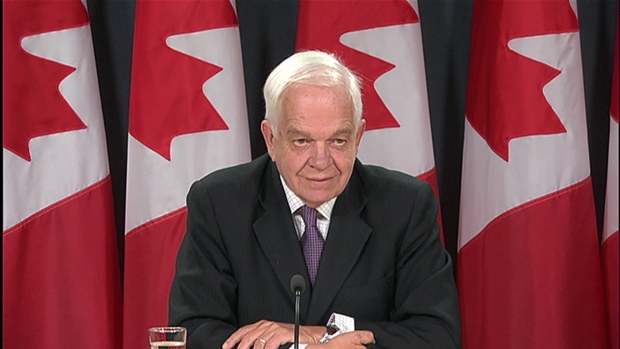051 8439995, 042 35911332

Canadian Immigration: The Canadian government will soon set out the types of immigrants the country wants to attract and how large that number will be.
Over the last 10 years, Canadian immigration policy has focused predominantly on bringing in economic immigrants. When the 2016 plan is released, Canadians will find out whether the Liberal government will continue the focus on economic immigrants or whether it will now focus on family immigrants and refugees.
So, why is the overall immigration plan important? This plan is about Canada’s future. Not only will tell us who will be our future neighbours, colleagues, classmates and citizens in 2016, it will also help shape Canada for the generations to come.
The recent announcements by the government that it will accept twice as many parent and grandparent immigration applications and as many as 50,000 Syrian refugees by the end of 2016 seem to indicate the new government’s focus is shifting to family immigrants and refugees.
However, until we know government’s commitment on the total number of economic immigrants, we cannot be sure.
In 2015, the Conservative government’s immigration plan called for Canada to accept between 260,000 and 285,000 immigrants. Of that number, approximately two-thirds were economic immigrants, a quarter were family-class immigrants and one-tenth were humanitarian immigrants — the majority of which are refugees and protected persons.
Maintain high economic immigrant numbers
Regardless of how many family-class immigrants and refugees are accepted, high levels of economic immigrants should be maintained. Economic immigrants are individuals chosen because they are skilled workers or business people. Skilled workers are selected on the basis of their age, level of education, work experience, and ability to communicate in English and/or French. Business immigrants are selected, by and large, for their business acumen and net worth.
The common characteristic of economic immigrants is that they are selected for their potential to contribute to the economy. These individuals are targeted to fill jobs or, in the case of business immigrants, to create jobs and economic opportunity through investment. If we want to use immigration policy to grow our economy, the focus should be on bringing in more economic immigrants.
Family-class immigrants and refugees, on the other hand, are not selected for their economic impact. While many family-class immigrants and refugees do contribute to the economy, family-class immigrants are selected on the basis of their relationship to someone in Canada. Refugees are selected because their countries either persecute them or do not protect them.
For these types if immigrants, age, work experience, language abilities and education levels are not relevant. The intention of these immigration categories is to reunite families or protect people from persecution.
While having a mix of different immigrants is positive, changing the focus from economic to non-economic immigrants would be a mistake for a number of reasons.
Many immigrants already contributing
First, immigrant programs run by the provinces and territories are all economic immigrant streams designed to allow provinces and territories to select immigrants to best meet the economic needs of their provinces. If the number of provincial and territorial nominees shrinks, this may leave gaps in local economies.
Second, increasing the number of refugees and family immigrants may mean fewer opportunities for temporary foreign workers and foreign students to immigrate to Canada.
Many qualified foreign workers and foreign students are currently not able to immigrate because of quotas on the number of “economic” immigrants who can apply at one time.
Surely foreign nationals who have worked, lived, paid taxes, built personal and business relationships and studied in Canada should be given the opportunity to immigrate. These talented foreigners, by and large, have already integrated into Canadian society and are contributing.
Third, non-economic immigrants usually need more government assistance to adjust in Canada. Economic immigrants who have worked or studied here already have jobs and places to live in Canada. As well, economic immigrants recruited by Canadian companies are typically assisted by their employers. However, more taxpayer-funded settlement services are needed for family-class immigrants and refugees. If the number of these immigrants increases, the costs associated with assisting them will increase as well.
Does increasing the number of family-class immigrants and refugees necessarily mean fewer economic immigrants? No, this does not have to be a zero sum game. Nothing prevents the government from increasing its immigration target for 2016 from 285,000 to 300,000 or 350,000 or more. While selection criteria for economic immigrants may have to be tweaked, the solution to Canada’s demographic problems may be more immigrants, not less.
For more information about Canadian Immigration programs, please visit the company’s site at http://www.immigrationexperts.pk
Contact :
Immigration Experts
Tel: +92 308 5857777
E-mail: wecare@immigrationexperts.pk
